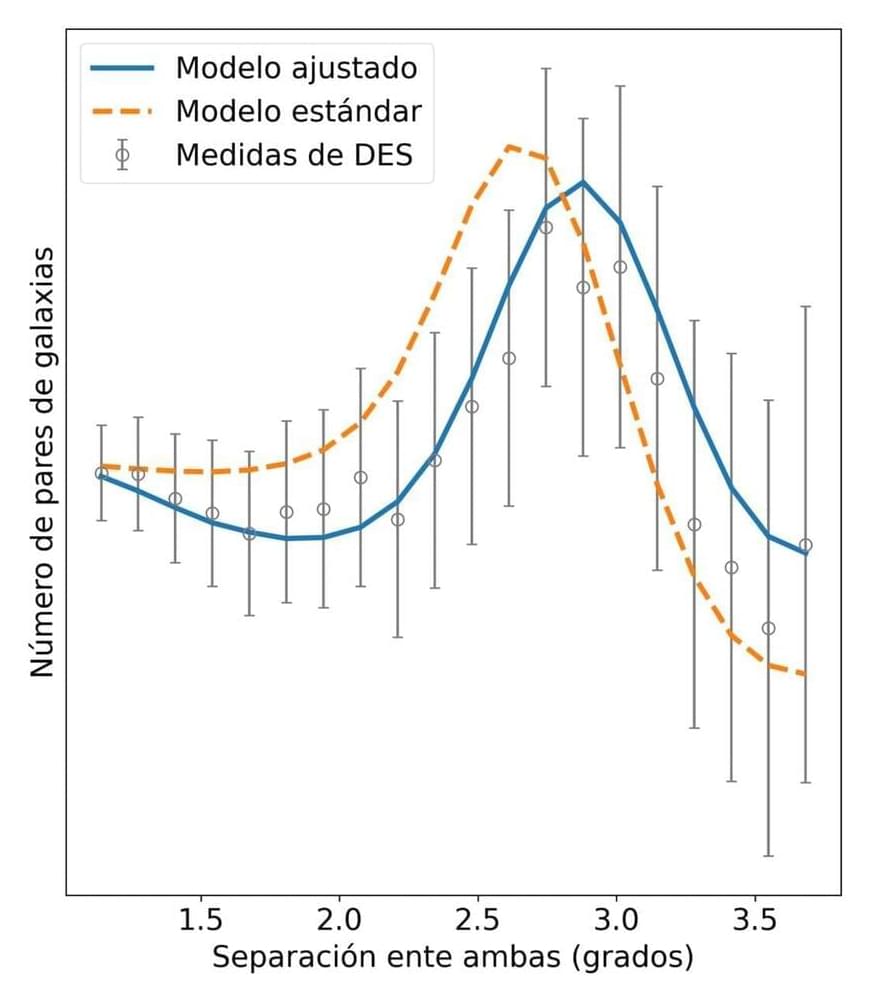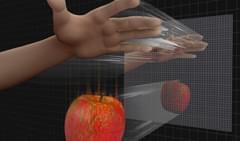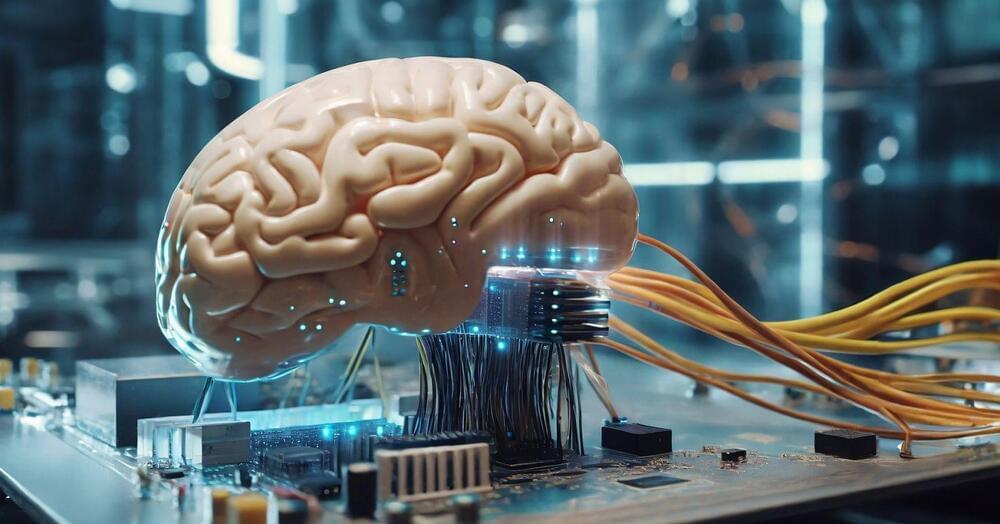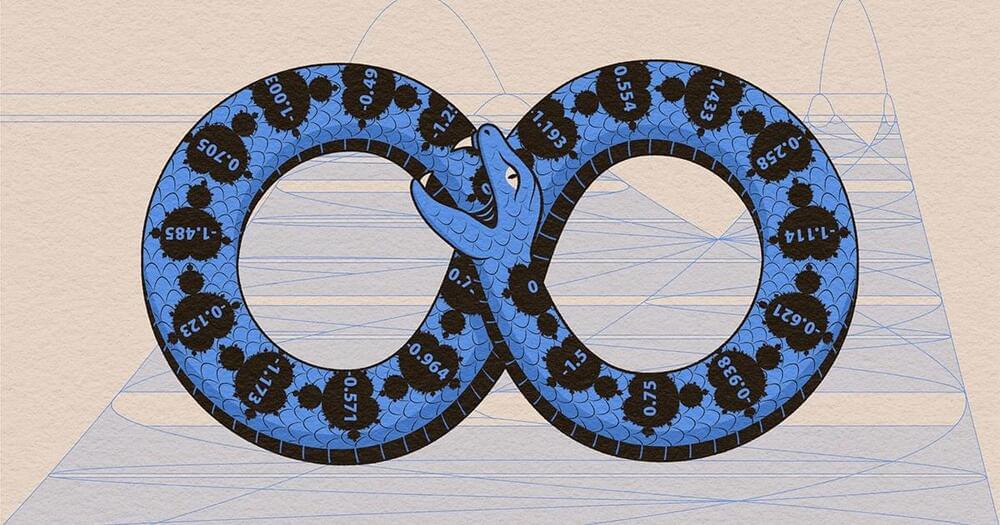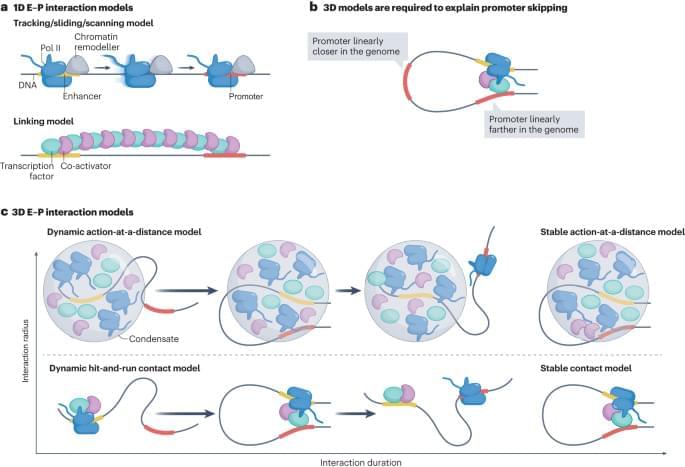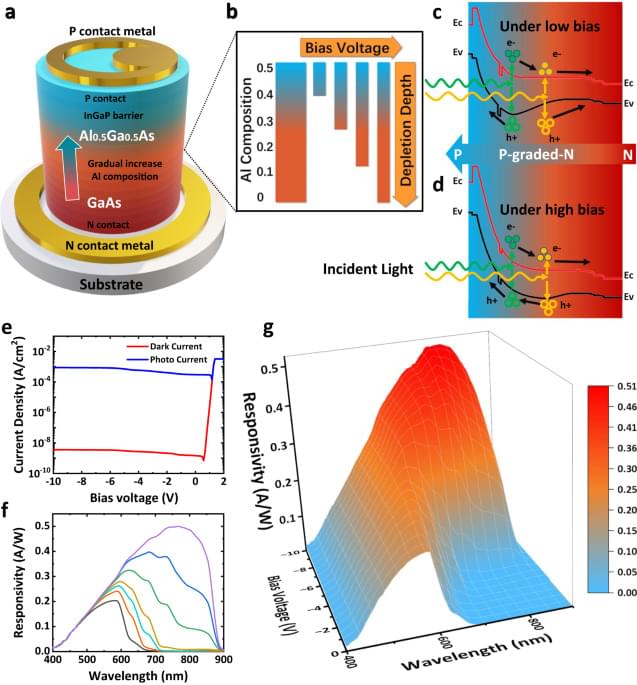Whether matter could engender cogitation was a very divisive topic of early modern reflection. In his polemic with Descartes, Gassendi appeared to endorse a ‘materialistic’ understanding of cognition. Two objections by Gassendi were particularly relevant to this claim: he challenged the distinction between imagination and intellect, and argued that animal and human cognition only differed quantitatively. Since the intellect was traditionally seen as immaterial, while the imagination was understood as a bodily faculty, these claims appeared to entail a naturalized image of the human soul, and the potential that matter could generate cogitation. Here, I argue that Gassendi’s claims were not only a result of his polemical vein against Descartes; rather, they were part of an intellectual agenda that Gassendi had been pursuing since the early 1620s. I then analyse Gassendi’s change of perspective in Animadversiones (1649) and Syntagma philosophicum (1658), where Gassendi presented arguments for the immateriality of the intellect and its true distinction from the imagination. I argue that Gassendi’s early objections against Descartes provided him with material to revise his own position on these subjects. I then show some of the implications of such a change of heart. Lastly, I address some hypotheses of its cause.
Whether matter in general, and vital matter in particular, could engender cogitation was a much-discussed and divisive topic of early modern reflection. Crucial to this debate was the issue of the distinction between animal and human thinking faculties. Generally, both men and animals were believed to possess imagination or phantasy—a faculty that was seen as depending on the body. Conversely, only men could perform higher thinking by virtue of their possession of the intellect; in turn, this was commonly identified with an operation of the immaterial soul. However, early modern authors sometimes downplayed these distinctions, for instance by presenting a purely materialistic explanation of the soul and of its functions. In doing so, they brought attention, whether explicitly or implicitly, to the ability of vital matter to generate cognition.
